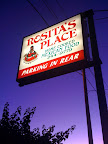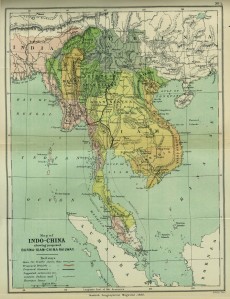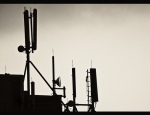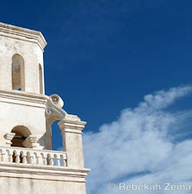“Pictures of pictures” is my attempt at a catchy name for photos of artwork. In other words, any image I’m taking a picture of – a painting, a sculpture, a document, stained glass – sometimes even another photo. One reason to do this is to remember the information, though usually it’s to remember the image itself. This is probably the one I plan the least – often, I don’t realize what I’ve done till afterward. Plus, it’s not quite as clear cut a category as, say, people, or planes. At the time, I’m thinking, “Oh, wow – I want to see this again!” or “That is so cool, I want to remember it!” Some trips generate crazy amounts of “pix of pix” or POP photos; other trips, just a handful or none at all. Museums are great for this, and also graffiti, billboards, and even advertisements.
Surprisingly, I’ve already turned up a number of pictures from Phoenix, partly due to my summer photography class and partly to researching historical neighborhoods for class. There was even enough for a whole post just on Rosita’s. Many of the remaining POP photos fell into two categories – ones I’d taken for my summer photography class and ones I’d taken for class assignments in the journalism program.
Photography class
First, playing with a borrowed DSLR at night. I took an awesome online photography class from Karen Russell. I needed a DSLR to take the class, difficult on a student budget. In a deeply generous move that made taking the class possible, I was loaned a Canon Rebel. The experience was amazing. I learned so much from the class, the camera, and the combination. There’s a whole new photographic world out there I knew nothing about which now fascinates me! This is a downtown building, Trinity Cathedral, which lights up nearly every evening for at least a few hours. I wanted to try to capture the windows.
Another lesson of photography class (which also bled neatly into journalism) was to notice the details. That lesson had me taking a few pictures like these before I knew our first photo assignment for our media class.
 |
 |
|
|
Now, for me, photography’s a learning experience, one I’ve far from mastered! But that’s the thing about learning – it’s a journey itself, and for this case, the picture to remember it by are built right in.
































